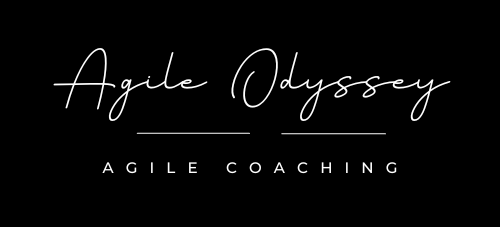
Crafting a high-performing Scrum team involves a delicate balance of various elements, such as seamless communication, efficient collaboration, strategic prioritisation, and optimal work allocation.
This foundation is crucial for achieving success in agile project management. To assist you in this endeavor, I will present a range of strategies designed to enhance your team’s ability to accurately estimate tasks, master the art of effective prioritisation, and safeguard against the perils of burnout.
By implementing these proven approaches, you can cultivate a resilient and productive Scrum team that consistently delivers exceptional results.
Shift from Hours to Relative Estimation: Instead of estimating tasks in hours, try using relative estimation techniques like Planning Poker, T-Shirt sizing, or Story Points. These techniques help teams estimate tasks based on their complexity, relative to other tasks, and not on the number of hours it will take to complete.
Prioritise the Product Backlog: The product backlog should be in priority order, with the most important items at the top. Encourage the Product Owner to collaborate with the team to ensure that the most important items are worked on first.
Emphasise the Importance of Work-Life Balance: It’s essential to ensure that the team members are not overworked and have a good work-life balance. Encourage team members to take breaks, leave on time, and avoid working overtime.
Establish Clear Priorities and Workloads: To align better with management on priorities and workloads, it’s crucial to have clear communication channels between the team and management. Define clear priorities, objectives, and workloads for each sprint, and communicate any changes as early as possible.

Experiment with Sprint Retrospectives: Try different retrospective techniques that could help the team generate new ideas and innovate towards the end of each sprint. Encourage the team to be open-minded and share their ideas and feedback during these sessions.
Focus on Continuous Improvement: Continuous improvement is key to building a high-performing Scrum team. Encourage the team to experiment with new processes, tools, and techniques to identify areas for improvement continually.
Conclusion:
The journey to a high-performing Scrum team is an ongoing adventure, filled with twists, turns, and countless opportunities for growth.
